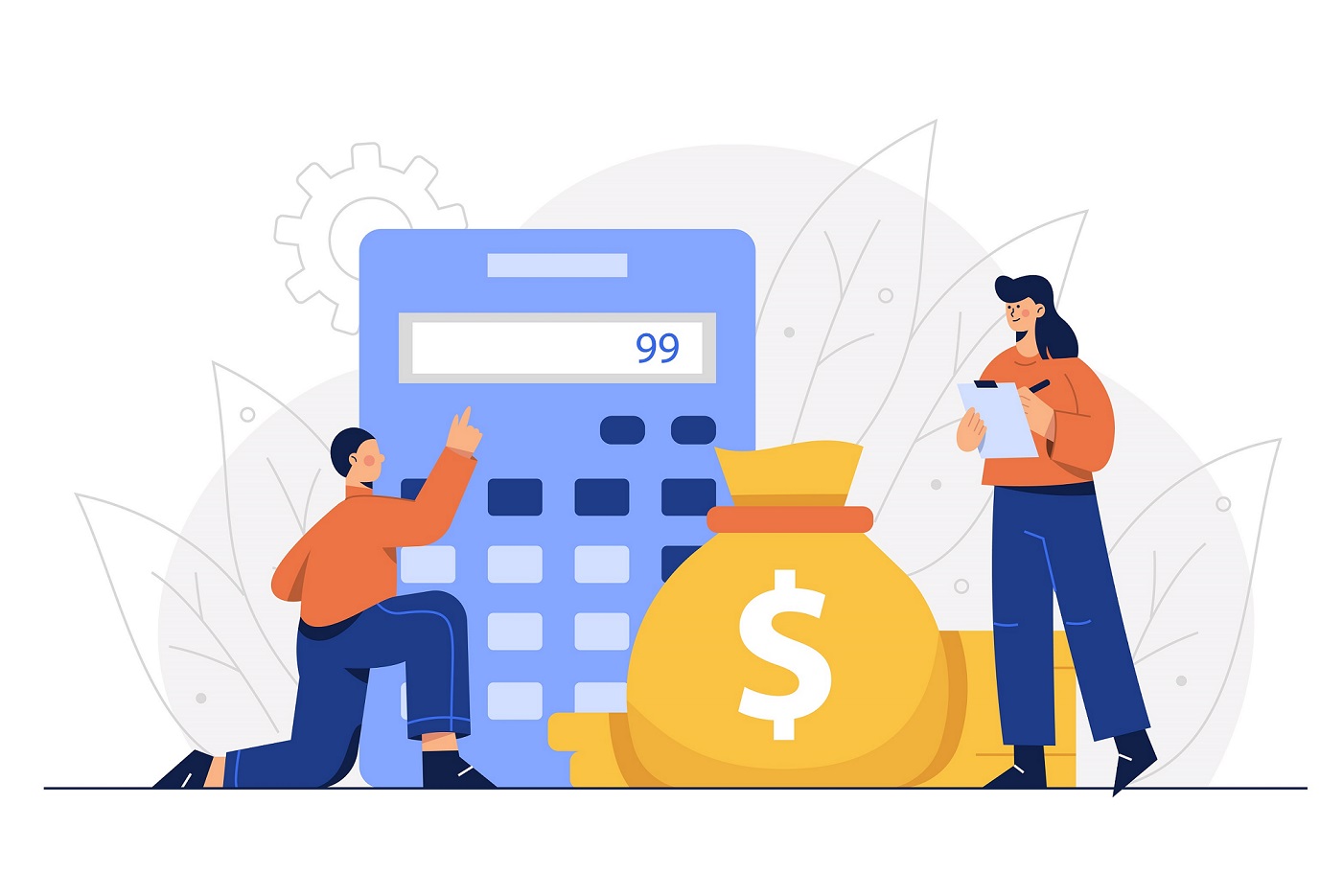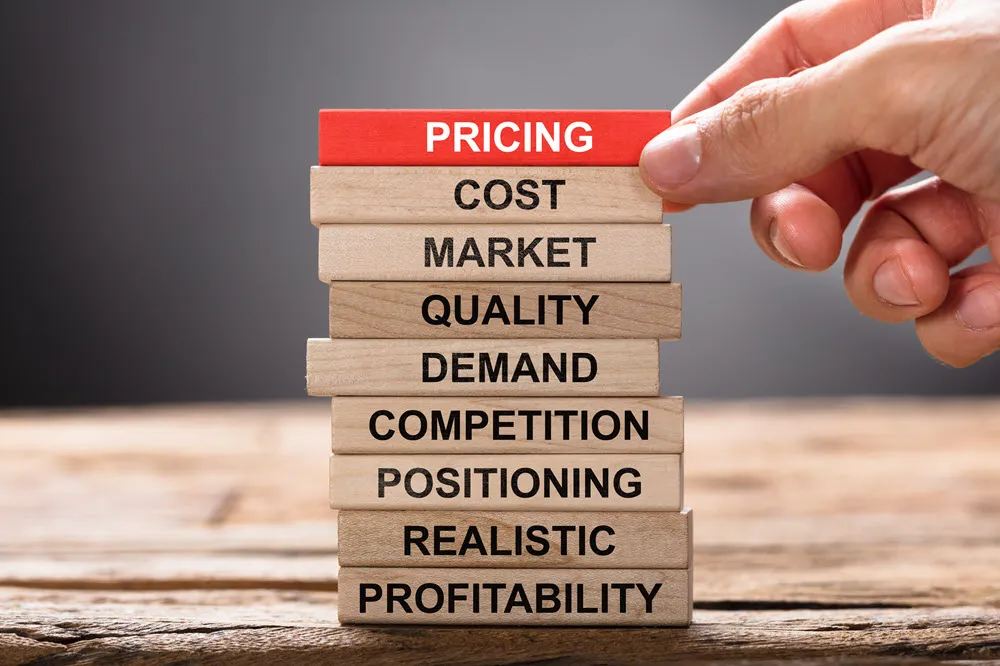Pricing Strategies - How To Set Prices For Your Products Or Services
This article explores the importance of pricing strategies for businesses and provides tips for implementing an effective strategy. It also highlights the key factors to consider when choosing a pricing strategy and offers insights on SEO optimization for the article.
James DavisJan 21, 202311 Shares467 Views

Pricing is one of the most important factors in the success of any business. It can be challenging to determine the right price for your products or services, but it's essential to get it right. In this article, we'll discuss the different pricing strategiesyou can use to help you set the right price for your business.
What Is Pricing Strategy?
Pricing strategy is the process of determining the right price for your products or services. It involves considering a variety of factors, such as production costs, competition, customer demand, and perceived value. There are different pricing strategies that businesses can use, depending on their goals and the market they are operating in.

Pricing Strategy An Introduction
Types Of Pricing Strategies
Cost-Plus Pricing
Cost-plus pricing involves setting a price for a product or service that covers the cost of production, plus a profit margin. This strategy is straightforward and easy to implement, but it doesn't take into account the market demand or competition. Cost-plus pricing is best suited for businesses that have a unique product or service that has little to no competition.
Value-Based Pricing
Value-based pricing is a strategy that focuses on the perceived value of a product or service. This strategy involves setting a price that customers are willing to pay based on the benefits they receive from the product or service. Value-based pricing is best suited for businesses that offer high-quality, unique products or services that have a significant impact on their customers' lives.
Penetration Pricing
Penetration pricing is a strategy that involves setting a low price for a product or service to attract customers and gain market share. This strategy is best suited for businesses that are new to the market and need to build their customer base quickly. Penetration pricing can be risky, as it can lead to a perception of low quality or a lack of value.
Skimming Pricing
Skimming pricing is a strategy that involves setting a high price for a product or service when it is first introduced to the market. This strategyis best suited for businesses that have a unique, innovative product or service that has no direct competition. Skimming pricing can be an effective way to maximize profits in the short term, but it can also lead to a perception of low value and discourage customers from purchasing the product or service.
Dynamic Pricing
Dynamic pricing is a strategy that involves setting different prices for a product or service based on various factors, such as demand, time of day, or location. This strategy is best suited for businesses that have products or services with variable demand, such as airline tickets or hotel rooms.
Dynamic pricing can be an effective way to maximize profits and optimize revenue.
Factors To Consider When Setting Prices
When setting prices, there are several factors you should consider:
- Production costs:The cost of producing your product or service, including materials, labor, and overhead.
- Competition: The prices of your competitors and how your product or service compares in terms of quality, features, and benefits.
- Customer demand: The level of demand for your product or service and how much customers are willing to pay for it.
- Perceived value: The perceived value of your product or service, which is based on its quality, features, benefits, and branding.
- Profit margin: The amount of profit you want to make on each sale.
Tips For Implementing Your Pricing Strategy
Implementing your pricing strategy can be challenging, but there are some tips you can follow to make it easier:
- Research your market: Before setting your prices, research your market and your competitors. Understand the prices they are charging for similar products or services, and how your product or service compares in terms of quality, features, and benefits.
- Consider your target audience: Consider the needs and preferences of your target audience. How much are they willing to pay for your product or service? What benefits do they value the most? Tailor your pricing strategy to meet the needs of your target audience.
- Test your prices: Test different prices to see what works best for your business. Try different pricing strategies, such as cost-plus pricing, value-based pricing, or dynamic pricing, and see how your customers respond.
- Monitor your results: Keep track of your sales and profits and monitor how your pricing strategy is affecting your business. Make adjustments as needed to ensure you are meeting your business goals.
- Be flexible:Be willing to adjust your prices based on market changes or customer feedback. Don't be afraid to experiment and try new pricing strategies to see what works best for your business.
SEO Optimization
To optimize this article for SEO, make sure to include relevant keywords in your headings and throughout the text. Some relevant keywords for this article include pricing strategy, cost-plus pricing, value-based pricing, penetration pricing, skimming pricing, dynamic pricing, and target audience.
Make sure to include internal links to other relevant articles on your website, as well as external links to reputable sources. Use meta descriptions and title tags to optimize your article for search engines, and include images and videos to make your content more engaging and shareable.
People Also Ask
What Are The Four Basic Pricing Strategies?
- The four basic pricing strategies are:
- Cost-plus pricing
- Value-based pricing
- Penetration pricing
- Skimming pricing
Which Is A Pricing Strategy?
- The three major pricing methods are:
- Cost-based pricing
- Value-based pricing
- Competition-based pricing
What Are The 3 Major Pricing Methods?
Cost-based pricing involves calculating the total cost of producing a product or service and then adding a markup to determine the final price. Value-based pricing involves setting prices based on the perceived value of the product or service to the customer. Competition-based pricing involves setting prices based on the prices of similar products or services offered by competitors in the market.
Pricing strategy refers to the overall approach a company takes to set prices for its products or services. All of the four basic pricing strategies listed above are examples of pricing strategies.
Conclusion
Pricing strategy is an essential aspect of any business, and choosing the right pricing strategy can have a significant impact on your sales and profits. By considering factors such as production costs, competition, customer demand, perceived value, and profit margins, you can choose the right pricing strategy for your business.
Remember to be flexible and willing to adjust your prices as needed based on market changes and customer feedback. By following these tips and implementing your pricing strategy effectively, you can set the right price for your products or services and achieve your business goals. You can learn more about other business strategies with MarxCommunications a website dedicated to marketing, business and more.
Latest Articles
Popular Articles
